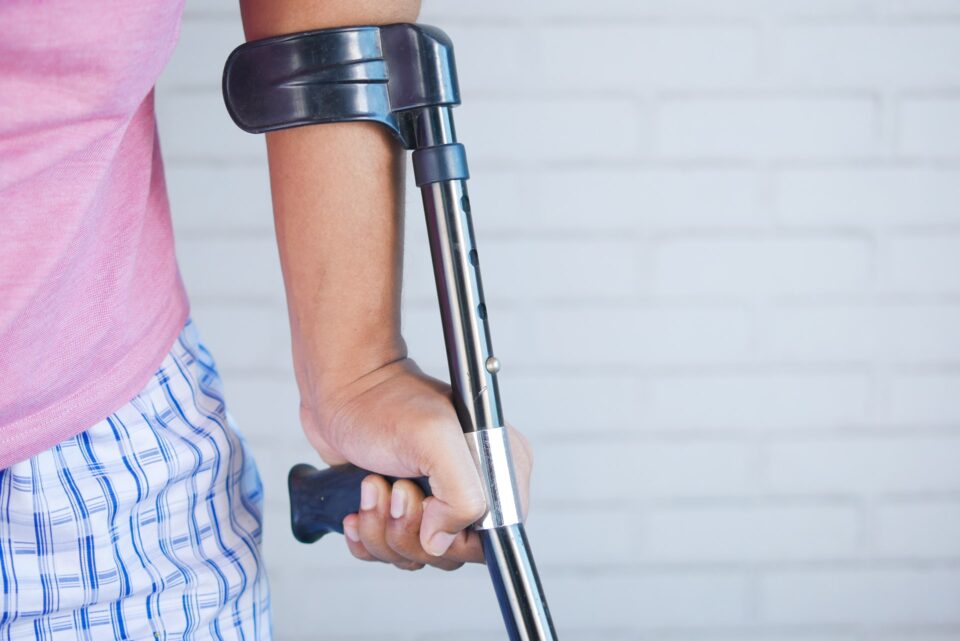This article will discuss how fault is established in personal injury cases. Personal injury is a legal term used to describe physical or emotional harm caused by the negligence of another individual. Examples of these types of injuries are car accidents, doctors’ malpractice, or slip and fall at commercial establishments. When any number of these events occur, it’s important that the victims receive their full compensation under the law. Here are the elements of establishing fault in a personal injury case.
Duty: Who Owed a Duty to Whom and What Was That Duty?
The first element of fault is establishing responsibility for the injury. Whether you ask a personal injury attorney in Santa Fe or one in New York, they’ll all tell you that the victim must show the defendant owed them a duty. Duty can be defined as “an obligation to conform to a particular standard” or “the measure of the obligation which the law imposes on one person to protect another from injury.”
The first thing to establish is that there was some sort of relationship between the victim and defendant. The second element is that there are three types of relationships that give rise to a duty: contractual, tortious, or quasi-contractual. These duties are typically found in statutes.
- Contractual Relationship: An example of a contractual relationship would be between an employer and their employee, or landlord-tenant relationships.
- Tortious Relationship: The classic example of a tortious relationship is the doctor/patient relationship. For instance, if the doctor performs surgery on the patient while intoxicated, she will owe a duty to the patient.
- Quasi-Contractual Relationship: Contractual relationships can arise in a variety of situations such as when someone agrees to give up their rights such as entering into an express or implied contract for services with a mechanic.
The general rule is that there is no duty owed between two strangers, but certain statutes and ordinances may give rise to a duty owed. Once the plaintiff establishes that the defendant had a duty, they must then show how that duty was breached.
Breach of Duty: Did the Defendant Breach Their Duty?
The next step is to establish that the defendant breached their duty or responsibility by showing what happened in the event leading up to harm, how it happened, and the extent of harm.
For example, if the defendant owed a duty to use reasonable care while driving their car yet they rear-ended another vehicle, then breached their duty by crashing into them without any regard for safety or other drivers on the road. The defendant must have had some degree of fault in order to breach their duty.
Causation: Did the Breach Cause the Injury?
Establishing causation in a personal injury case can be very challenging and complex because there must be a direct connection between the defendant’s breach and the plaintiff’s injuries. For instance, if someone breaks their leg while playing football during practice, causation can be easily established because playing football caused the injury. But how do you establish causation in a medical malpractice case where the defendant is an orthopedic surgeon who failed to diagnose that someone broke their leg? You must establish that if this doctor would’ve diagnosed them earlier, the break wouldn’t have become so severe.
Causation can be broken down into two types, “actual” and “legal” causation.” Actual causation is used to establish factual responsibility through a proximate cause analysis. This means that there was a direct link between the defendant’s actions and the plaintiff’s injuries. Legal causation is used to determine if liability for an injury should go to Defendant A or Defendant B.
An example of legal causation would be if someone is driving under the influence of alcohol, gets into a car accident, and suffers severe injuries that require lifelong care. The issue with this scenario is that while it’s tragic for the patient, Defendant A was consuming alcohol at the time of the accident which caused them to injure themselves. On the other hand, Defendant B was intoxicated while driving which caused their injuries. So while both parties are negligent in this situation, at least one of them would be liable for not only the damages to themselves but also their role in causing someone else’s injuries.
Damages: What Are My Damages?
Once all three elements of a negligence claim have been established, the damages phase begins. There are generally two types of damages: economic and non-economic. Economic damages can include medical bills, lost earnings, property damage, and future earning capacity whereas non-economic losses refer to pain and suffering and loss of enjoyment in life.
When filing a personal injury claim, you must establish all three elements of negligence to be successful. The best way to do this is by consulting an experienced attorney with expertise in this area. It’s important to note that the burden of proof lies on the person making the claim.

